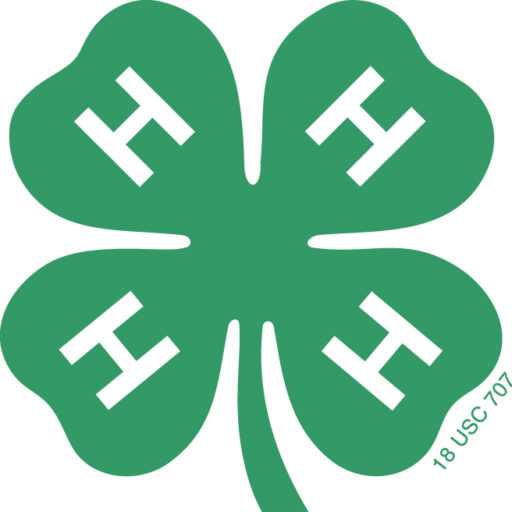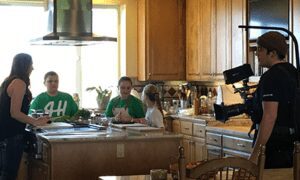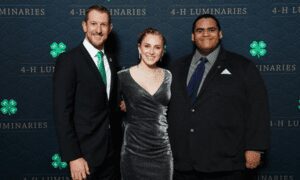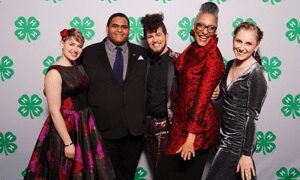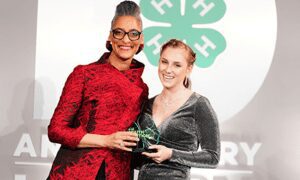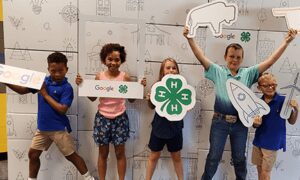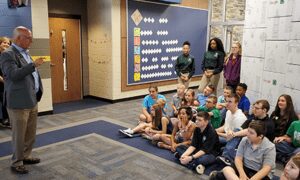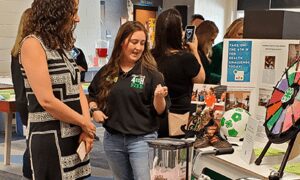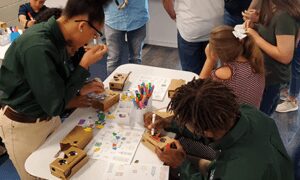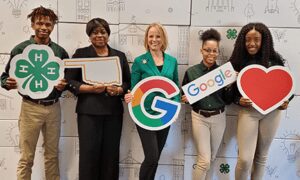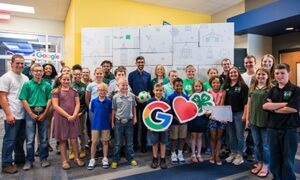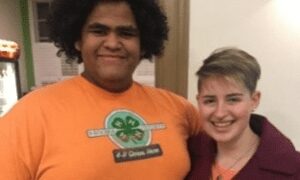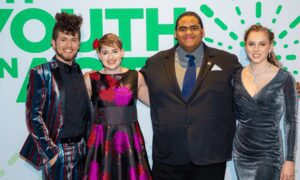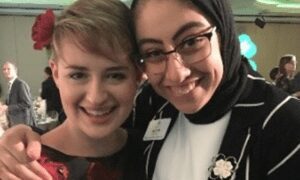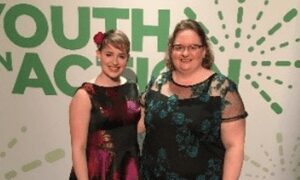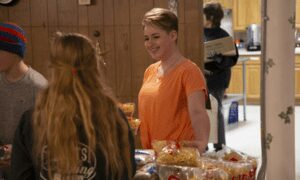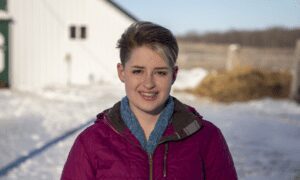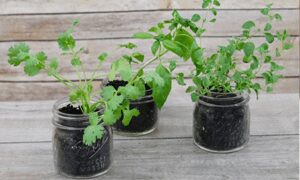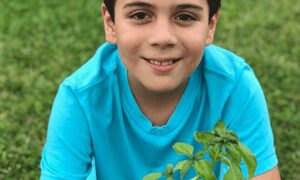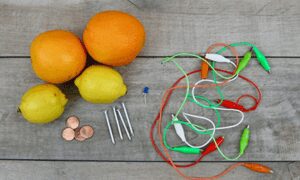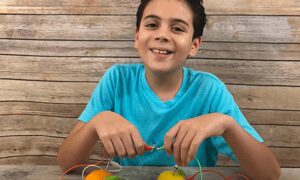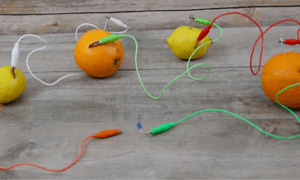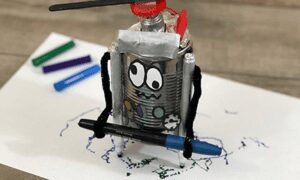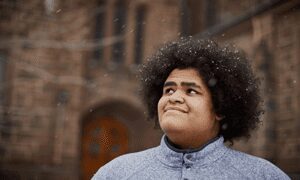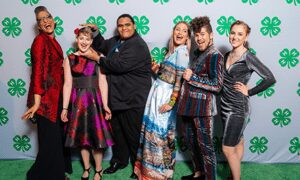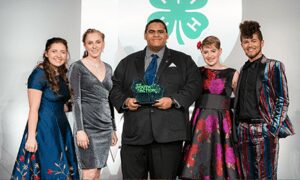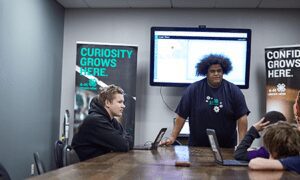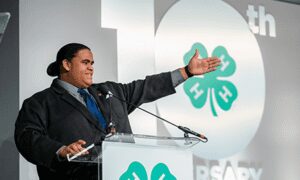Lacey S., Nevada
I wouldn’t be who I am today without 4‑H. Growing up, I was a very shy young person. I wouldn’t ever dream about speaking to new people or in front of a crowd (unless it was a nightmare) until I joined 4‑H. I had an amazing 4‑H agent who encouraged me to join the horseless horse club to learn more about horses. The club also helped me work through my fear of horses due to a traumatic experience when I was a young child. I loved it so much, and it eventually helped me work through my fears and start riding horses again. That then started my mom to become a local 4‑H Horse leader for our valley. I was able to be a leader and start learning how to run meetings and encourage the younger members to be involved and engaged. I loved working with youth and agents from across the state, which helped me network and has helped me throughout my career. I also loved working with the younger kids in a camp setting, which cemented that I knew I wanted to work with youth no matter what in my future careers. The life lessons learned in 4‑H have helped in my life, and I love being able to pass on those life skills to my children. I am so thankful for the many opportunities and doors it opened up for me.
Megan D., Illinois
Like many of my peers, agriculture is in my blood, and 4‑H was the first organized outlet to meet others with similar interests and begin sharpening my skills. I have fond memories of Red Ranger club meetings where the adults truly let us become leaders and run a meeting. It also provided unique outings and taught me how to speak in front of a group through demonstrations. It was also something we did as a family. Meetings took place in our basement, and we worked together to finish projects, prep pigs for the show ring, and traveled 2.5 hours to the state fair to present award-winning rice crispy treats. 4‑H offered an outlet to express yourself through any interest. Today, I try to be a spokesman for agriculture at all levels. I remember some of my first experiences with the media were being at the Fair representing 4‑H. As an adult, I have been asked to do national media interviews and work directly with consumers and legislators.
Amy J., Virginia
I was raised in a very rural community. Growing up, 4‑H provided me opportunities to meet people outside of my community and experience different cultures. I also participated in leadership, citizenship, and community service activities that taught me the values of ethics, fairness, hard work, and commitment. My fair animal projects helped me save money to pay for my college education and establish a partnership with my dad buying and selling feeder cattle. Many of my memories growing up involve some type of 4‑H activity. I owe many of the skills that I have today to my time in 4‑H. As a nurse practitioner, I have to be able to multitask, think critically, and make strong decisions, sometimes very quickly, while having compassion, good listening skills, organization, and documentation skills. As a member of several director’s boards, I use meeting organization skills, parliamentary procedure, group organization, leadership, and strategic planning. After researching farm safety and injury prevention when I obtained my doctorate in graduate school, I am now a farm safety expert and I travel locally and nationally speaking on this topic. I am still involved in 4‑H today. I volunteer as a 4‑H leader in my local area, was an adult leader at 4‑H camp, served as a judge for district contests, served as a club leader for the Cloverbud Club, and assisted with special interest programs at the local level. I am a past president of the State 4‑H Leaders Association and remain on the state Board of Directors as the Central District President.






